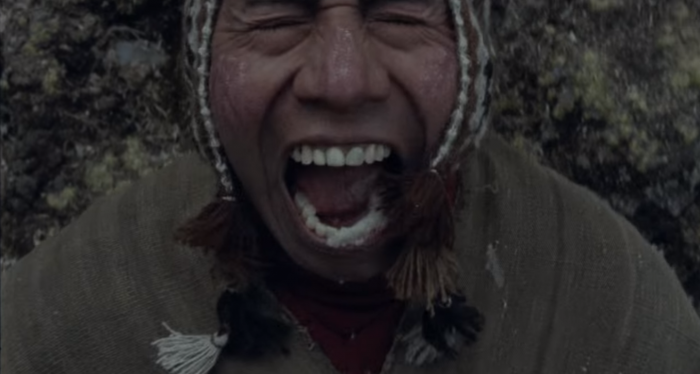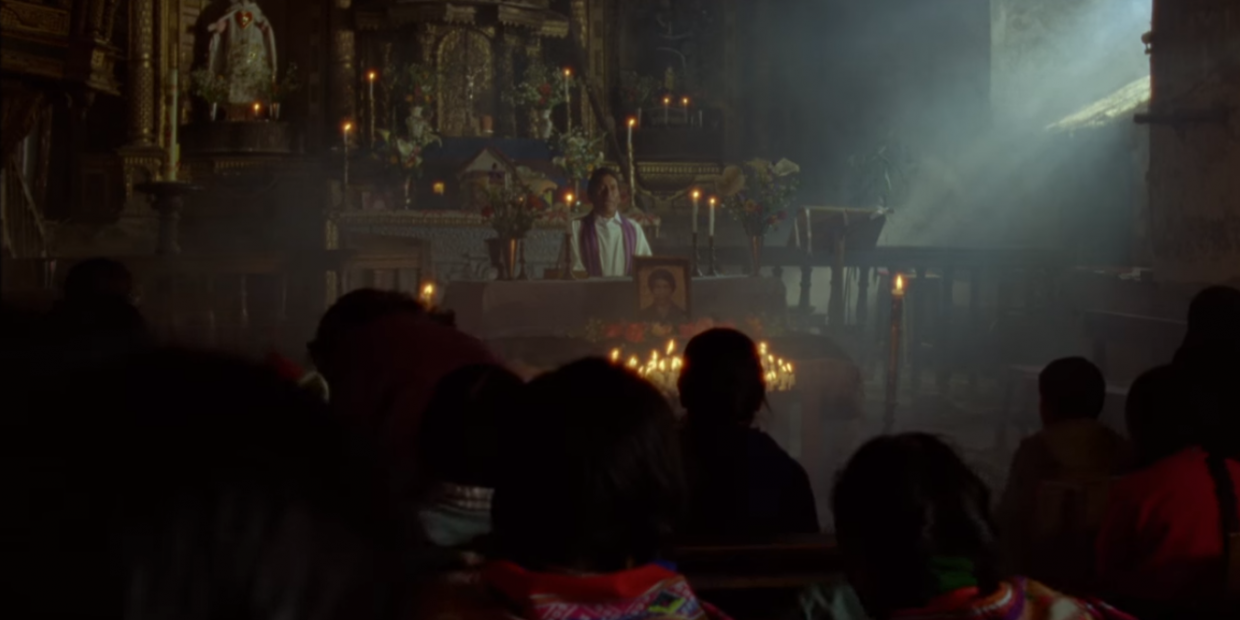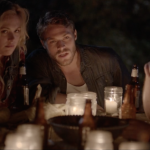Toronto International Film Festival review
Director: Ricardo Velarde
A modern tragedy of adverse circumstances
The Light on the Hill is a story of mysticism and greed in a remote Peruvian village where incomes are scarce and problems run amok. The death of a local shepherd awakens all kinds of local profiteers who are all spurred on by an old myth of an ancient treasure hidden on the shepherd’s land. A piece of urban lore brings together a band of broken locals – struggling medical students, suffering rural farmers, a policeman with family troubles and a love-struck local mob leader guided by grim circumstance and fate. All of this makes for a highly explosive mix which culminates with a macabre shoot-out in the dead of the night.
The body of the dead shepherd is examined by a pair of young medical practitioners who feel unfortunate to have been assigned a role in the middle of rural nowhere. They work in a grimy old basement where sanitation is achieved with the help of sawdust which is scattered onto all sorts of gloop which emanates from the bodies. The bodies are shown in their full decaying splendour – as they are, without a hint of squeamishness but also without enjoyment of the spectacle. This is not a horror film which would thrive on prolonged shots of the gore but it also refuses to turn a blind eye to what is happening. This kind of naturalistic approach successfully reflects the social realities of the impoverished rural areas. It is not angst or ideology which drives the two ambitious medical students into this cellar, it is circumstance and life.

The dead shepherd’s family represents a different segment of the society. After the husband’s death, survival becomes a pressing issue for the farming family. Raising alpacas and wearing national clothes, the family has always lived off and on the mountain. Now, the pressure is on to sell their land due to the aforementioned treasure myth. Furthermore, after the unfortunate accident with the breadwinner, the grandfather starts voicing his concerns about evil spirits and other paranormal phenomena. Later on, fake psychics try to “solve” the paranormal crisis and the idea of sacrificing animals for this does not raise any eyebrows. Even though Light on the Hill is not a horror film and the menacing presence of the inexplicable never takes over, the culturally ingrained belief in something beyond the here and now is an integral part of the atmosphere and plot of the film.
The sound concoction of naturalism, mysticism and fatalism is delivered in a very raw form. The camerawork consists of very straightforward zooms and tripod pans. The quality of the image and sound design carries a distinct TV feel and the acting is at times patchy. However, all this also enforces the film’s home-made ethnic feel. Glossy and crisp long takes of impoverished locals in national hats may have felt hypocritical and detracted from the atmosphere. Thus, the rough edges add a distinct raw hue to the story rather than diminishing its value.
Light on the Hill offers an unpolished cross-section of a rural community, warts and all. The poverty and the greed which derives from it, the mysticism and heritage take centre stage. It is a tale of impoverishment which zooms in on the heritage and the problems without pointing fingers to anyone else but fate. Light on the Hill reminds us all that we are just pawns in the hands of circumstance.
Recommended Viewing on FilmDoo:
(UK & Ireland only)








